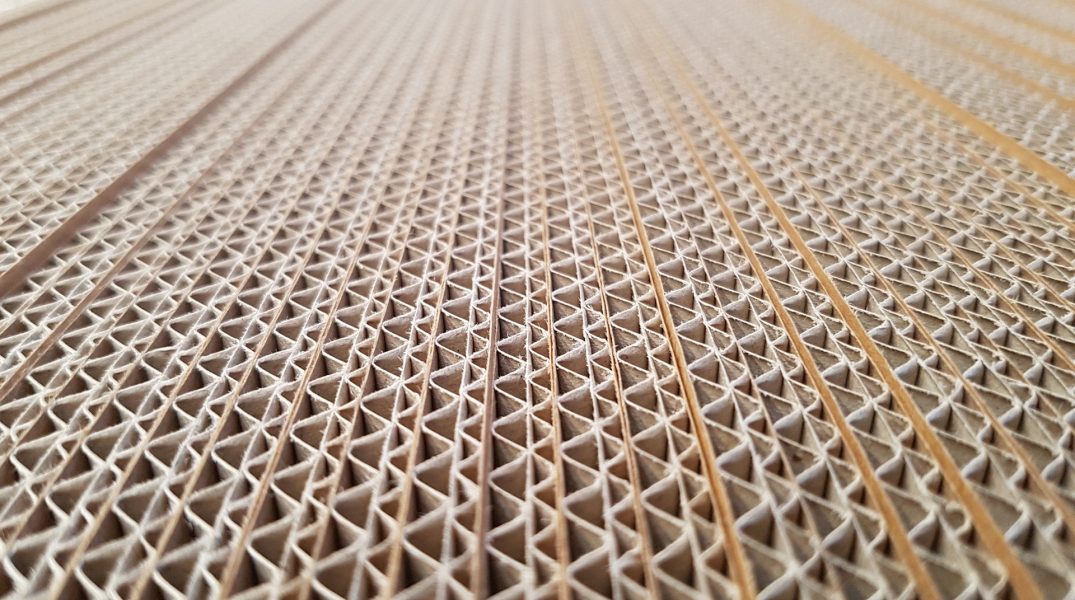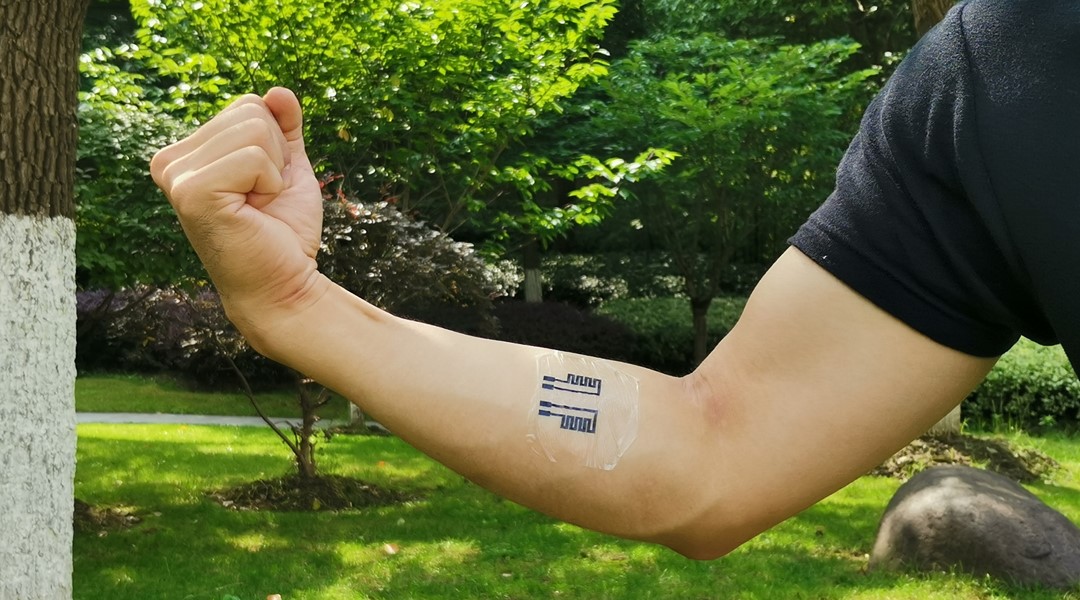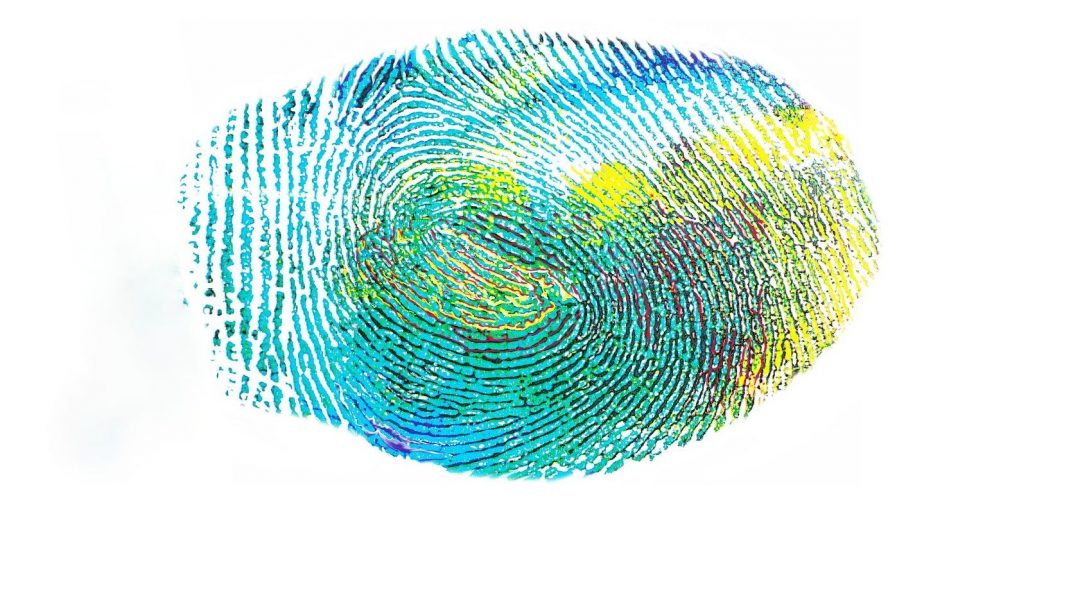Researchers develop sustainable source materials for 3D printing. such as single-polymer composites that reinforce themselves and materials derived from waste based plastics.


Researchers develop sustainable source materials for 3D printing. such as single-polymer composites that reinforce themselves and materials derived from waste based plastics.

A team of researchers from the University of Washington have created programmable cellular structures.
![Magnetically Controlled Microparticles for Soft Robotics [Video]](https://www.advancedsciencenews.com/wp-content/uploads/2019/11/feature-image-1.png)
Liquid crystalline elastomer microparticles can be magnetically controlled and used as transport systems.

Skin-friendly epidermal electronic devices fabricated using flexible, stretchable, and degradable protein-based substrates could offer a viable solution to real-time health and fitness monitoring.

AI platform safely lowers the required dose of HIV drug.

Curious, diligent, and always positive, meet Prof. Zhenan Bao and her electronic skin.

Researchers create a soft robotic electronic skin with fingerprint-like patterns with future applications in prosthesis, wearable sensors, and medical devices.

A bioinspired, soft robotic caterpillar that uses the contraction of live heart cells to propel its motion.

Michal Leskes and Shira Haber assess the capabilities of NMR in analyzing solid-state interfaces.

Electrospinning is a useful method for preparing non-woven fabrics, and is finding use in creating complex nanostructures.